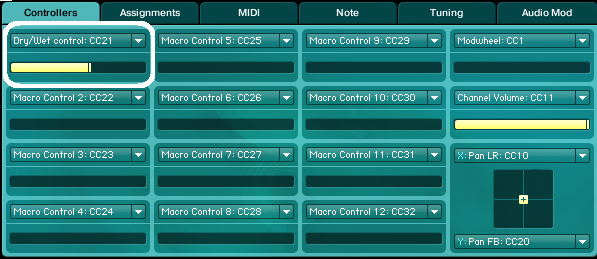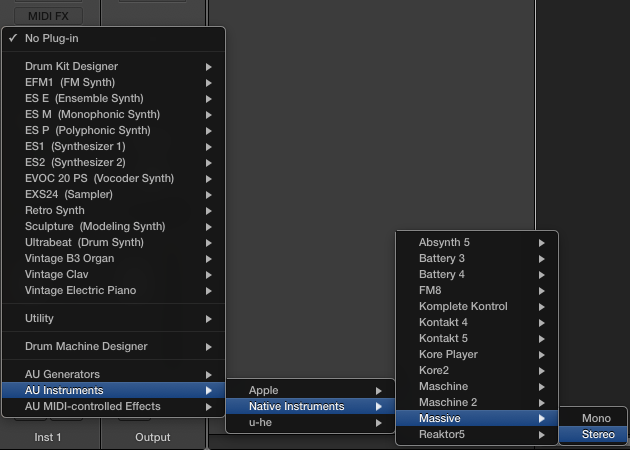
I would advise you read the section on automation (below the following section on setting up AmpliTube using an iPad) even if you’re thinking of using only a foot controller to change AmpliTube’s presets.
#USING ABSYNTH 5 IN LIVE RIG HOW TO#
Let me show you how to do that.įirst, I’ll cover how you can change AmpliTube in Presonus Studio One using automation (automatically changing your presets) and then I’ll show you how to change presets using a foot controller (in my case, I’ll be using the Ground Control Pro but the process will be very similar for any other controller). Now, if you want to change presets in AmpliTube, that’s where things can get a bit more tricky. Once, that’s set up, you’ll be able to hear your guitar in your in-ear monitors. However, if you’re using an in-ear system, you can run a cable from each output on your interface into the corresponding input on your in-ear system: You would then just plug this Y cable into the outputs on the back and then run the other end into an input on the PA speaker or an open input on a PA system. If you’re going straight into a PA or PA speaker, the Y cable will be easiest to use and make the most sense since your guitar signal will be mono (you don’t need a separate left and right output just for the guitar). You will either need two speaker cables in this case or a Y cable. Most interfaces should have line outputs on the back. I can plug straight into one of the inputs on the speaker, set the volume, and I’m ready to play.Īnother way to send the signal from the audio interface (your guitar signal from AmpliTube) to a PA or PA Speaker would be to use the line outputs on the back of the interface. In my case, I’m using an Alto PA speaker (I like to use this speaker for practice if there is no PA and mixing board available): Then, this cable can be sent to the PA or PA Speaker. The simplest way to send your signal to the PA would be to plug straight into the headphone output like I have done below: Most audio interfaces will have a headphone output.

So you’ll need a speaker cable (I’d recommend at least 15 feet to make sure you have enough to get to the PA speaker, PA, or cable snake that your practice space or the venue is using). Now, to play live you’ll need to send the signal from your audio interface to a PA speaker or PA (the process will be the same).

This will be indicated by the Clip LED flashing when you’re playing your guitar. Set the gain level on your interface so the signal is not clipping. To start, hook up your interface to your laptop and plug your guitar into an available input on your audio interface: In my case, I have an HP Folio 9470m and I’m using the Behringer U-Phoria UMC404HD as my audio interface. This is a great interface that gives me 4 inputs and was only about $100.

If you’re using Amplitude already, you likely already know how to use the plugin and have most, if not all, the gear you need. Setting up AmpliTube to play live (either at a gig or at practice) is fairly simple and straight forward. Setting Up AmpliTube to a PA or PA Speaker


 0 kommentar(er)
0 kommentar(er)
